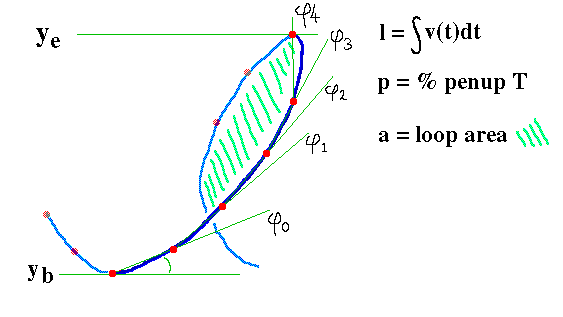


Figure 1. The features used to characterize a stroke and its vicinity.

| 0 | Yb | Vertical starting point with respect to the baseline |
| 1 | Ye | Vertical end point |
| 2 | Phi0 | Angles of spatially equidistant subvectors |
| 3 | Phi1 | (c'ued) |
| 4 | Phi2 | (c'ued) |
| 5 | Phi3 | (c'ued) |
| 6 | Phi4 | (c'ued) |
| 7 | Phi-1 | Two angles from the end of the previous stroke |
| 8 | Phi-2 | (c'ed) |
| 9 | Phi+1 | Two angles from the beginning of the next stroke |
| 10 | Phi+2 | (c'ed) |
| 11 | a | loop area, zero if no loop |
| 12 | p | percentage pen-up time, zero if all ink |
| 13 | l | length of the stroke trajectory |
The trick to use information of the predecessor and successor strokes was taken from examples in (early) speech recognition, where sliding time-windows with a width of three 10 ms frames were used as a vocal feature vector. As a result, due to the overlap between successive strokes, this scheme is more robust to spurious stroke concatenation than sometimes is suggested in the literature. Also, if bending points (changes from clockwise to anti-clockwise movement or vice versa) are missed in the velocity-based segmentation, the overlapping parts of the feature vector will still capture enough shape information.
Please refer to our Publications when using anything from the shown material.

 to the "NICI stroke-based recognizer of on-line handwriting" page
to the "NICI stroke-based recognizer of on-line handwriting" page

 Handwriting Recognition and Document Analysis Conferences
Handwriting Recognition and Document Analysis Conferences  Pen & Mobile Computing
Pen & Mobile Computing  NICI Handwriting Recognition Group home page
NICI Handwriting Recognition Group home page  UNIPEN tools
UNIPEN tools  Handwriting-related Java demos
Handwriting-related Java demos

Copyright Lambert Schomaker (April 1, 1996)
since 2/Oct/1996